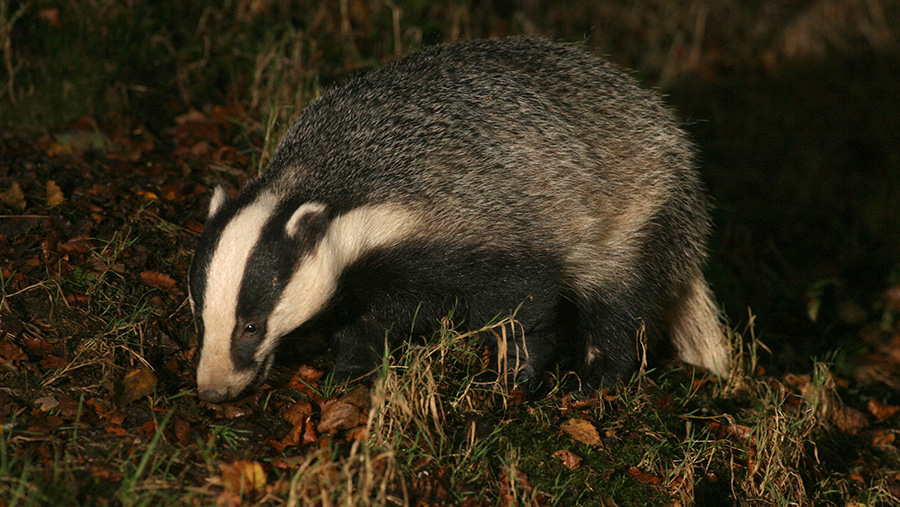Badger culls effective in TB disease control, says chief vet
 © Richard Austin/Shutterstock
© Richard Austin/Shutterstock Almost 40,000 badgers were killed in last autumn’s badger cull as part of government efforts to combat bovine TB in England, figures reveal.
Defra published its “Summary of 2020 badger control operations” on its website on Wednesday (27 January) – the same day it announced a consultation (PDF) over the next phase of its 25-year bovine TB eradication programme.
See also: A guide to setting up a bovine TB isolation unit
Chief vet Christine Middlemiss said the culling operation has been safe, humane and effective.
“With Natural England’s chief scientist, we have concluded that all existing cull areas have delivered the level of effectiveness, according to coverage and effort, required to be confident of achieving disease control benefits,” said Ms Middlemiss.
Overall, 38,642 badgers were removed in cull areas across seventeen counties – a 10% increase on 2019 figures. In total, 140,991 badgers have been killed since the culls started in 2013.
Ten more areas completed their four-year culls last autumn and these will be eligible to apply for licences for supplementary culls.
Cull monitoring
Natural England said it monitored the progress in each control area closely, as in previous years.
Tim Hill, chief scientist at Natural England, said trained marksmen “continued to show high levels of discipline and compliance with the best practice guidance”.
“The level of accuracy of controlled shooting is comparable to previous years and compares favourably with other control activities,” added Dr Hill.
Ms Middlemiss said based on the monitoring activity provided by Natural England, the likelihood of suffering in badgers culled by controlled shooting was “broadly within the range of those reported for hunting or killing of other terrestrial mammals”.
Defra secretary George Eustice has announced proposals to phase out the badger cull, with no new licences to be issued after 2022.
Badger culling is expected to end in 2025-26 at about the same time that a TB cattle vaccine could be commercially available for farmers, if trials are successful and market authorisation is granted.
The NFU said the government’s own consultation clearly shows that incidents of TB in cull areas dropped by 51% after four years.
NFU deputy president Stuart Roberts said the badger culls were working to reduce disease levels and it was to use “every tool in the toolbox” to eradicate this “dreadful disease”.
Official TB stats
The latest Defra bovine TB statistics (PDF), published on Wednesday (27 January), showed there were 3,185 new herd incidents in the 12 months to August 2020 – down 8% on the previous year.
Over the same period, 27,360 cattle were slaughtered in England because of bovine TB – down 17% on the previous year.
But despite the positive figures, opponents of badger culling want the government to end the culls immediately.
Dawn Varley, acting CEO at the Badger Trust, said: “Instead of the new consultation, the government would do well to put time and effort into bringing a cattle vaccine to market, hopefully once and for all dealing with this terrible problem for animals and farmers alike.”
